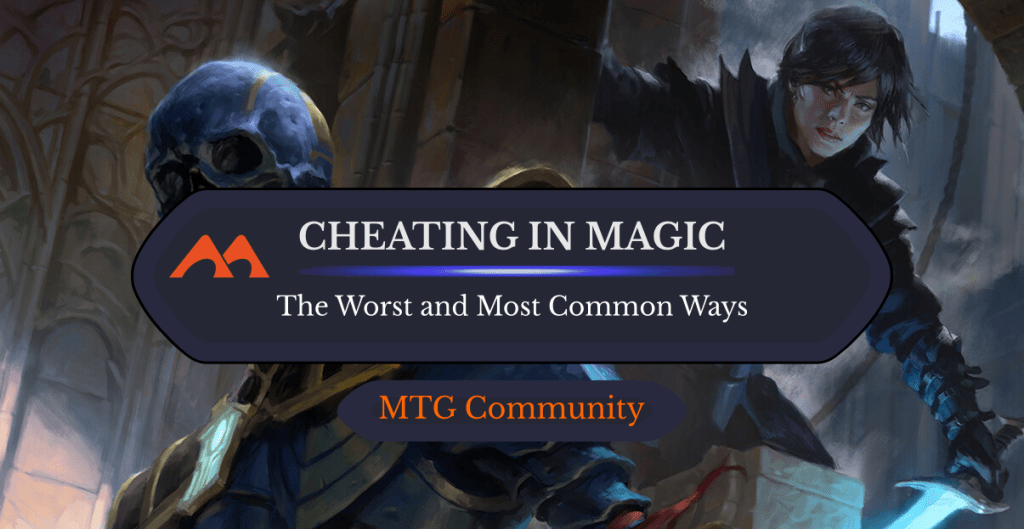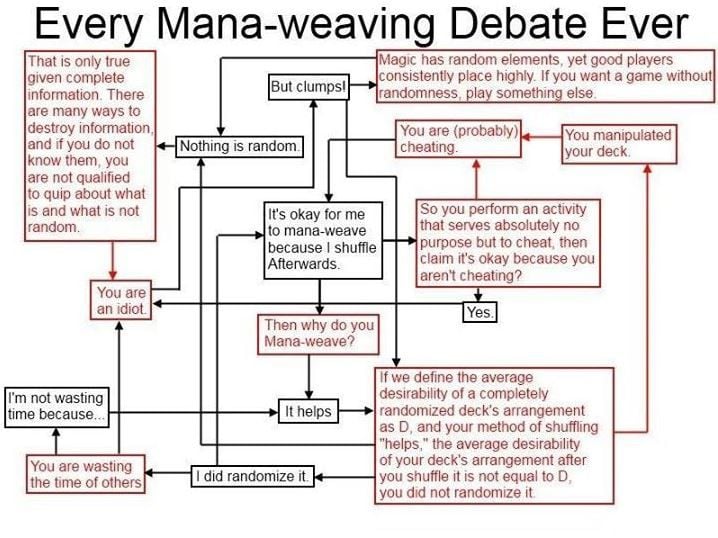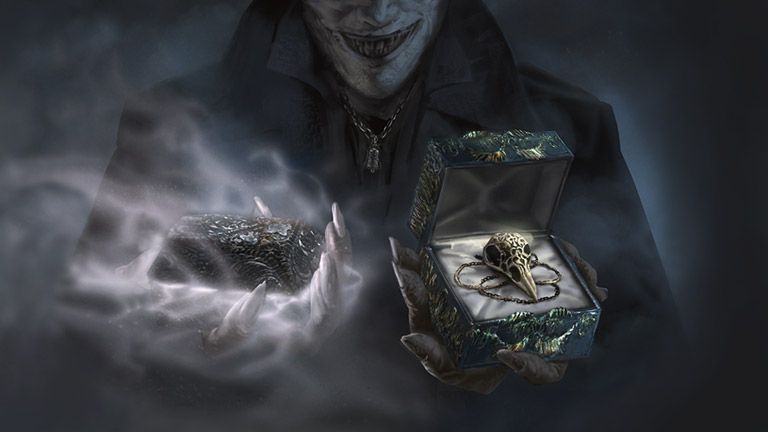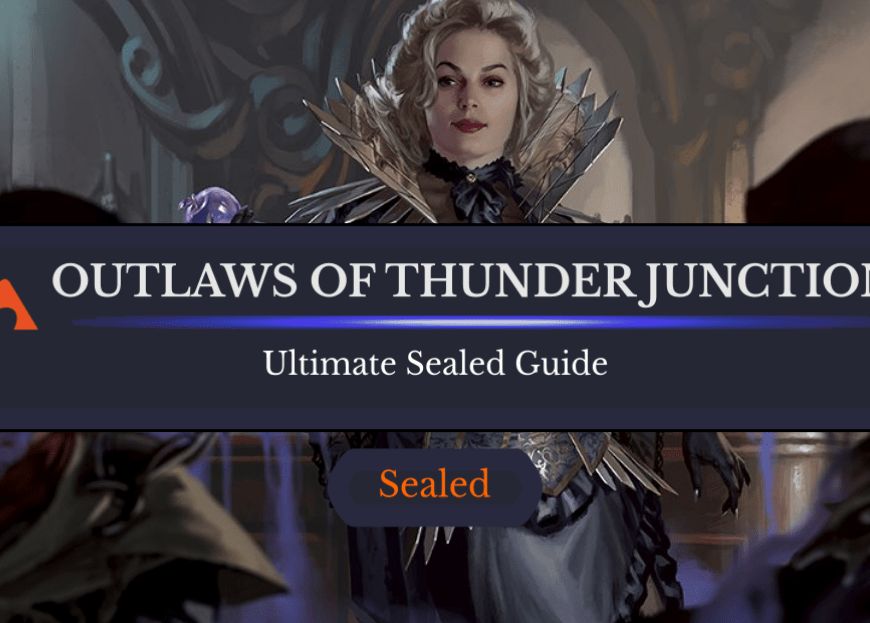Last updated on February 27, 2024

Stealth Mission | Illustration by Heonhwa Choe
For some players, winning at the “ages 13 and up” Magic: The Gathering is a life-or-death situation, and in those tense moments when victory is on the line, they compromise their ethics and act in nefarious ways to win. I like to imagine most Magic players are good, honest people that just want to play with their expensive collectible cardboard, but that’s not always the case.
Believe it or not, there’s a long history of cheating in competitive MTG. For 30 years, players of all skill levels have been caught by judges on and off camera manipulating decks, mana weaving, and trying to use the rules of the game to their advantage in very unsportsmanlike ways.
Here, I present to you a guide to cheating in Magic in the hopes that you may go out into your local game store and rid us of this scourge on our good names as Magic: The Gathering enjoyers.
What Is Cheating in MTG?

Sleight of Hand | Illustration by Scott Murphy
Cheating in Magic: The Gathering can mean any of a number of things. For our purposes, we’ll be covering the most common cases for issuing game and match losses – or even complete disqualifications and suspensions – to cheating players. These forms of cheating can happen pregame, during game, or even after the game ends.
Note that Magic judges identify cheating as intentional, with an intent to gain some sort of in-game advantage from whatever action's in question.
#7. Mana Weaving
If you’ve been around Magic for any length of time, chances are you’ve heard the term “mana weaving.” What exactly is that? “Mana weaving” is a way players shuffle their decks to ensure an equal distribution of lands versus spells. It involves splitting your deck into two piles; one for lands, and one for nonlands. Then, you stack the cards in an alternating “land-nonland-land-nonland” fashion until the entire deck is assembled, and then calling the deck completely shuffled.
I’ll admit, when I first picked up the game, I was convinced this was both a legal strategy and an effective way to randomize your deck, claiming that since I followed up the mana weave with several regular shuffles, it should be fine. This begs the question, though: If I’m fully randomizing my deck after the weave, why does it matter if I do it? Some would argue that it prevents “clumping,” where your lands stick together in a pile after shuffling, but really that just means you need to shuffle more.
The only reason a player would mana weave is because they think it'll give them a better distribution of lands vs spells in their next game, which to them seems like a clear and distinct advantage, but is explicitly not allowed. Even if you don't know the exact order of the cards in your library post-shuffle, you should have no information whatsoever about the distribution of your cards, and mana weaving is an attempt to circumvent that, and therefore considered cheating.
Mana weaving low key fell off in later years, as players have come around to the realization that weaving and then shuffling does basically nothing. Presenting your deck to your opponent to cut and shuffle also prevents players from mana weaving effectively.

Mana-Weaving Flowchart Meme
#6. Cutting Into Foils
In a similar vein to deck manipulation, some players attempt to predict the cards they’ll draw by only including foil versions of specific cards – cards they know bend and warp through the sleeves. Older foils have a bad tendency to curl, especially if they aren’t pack-fresh. Sometimes the cardboard is strong enough to push through both sleeves of your deck and create an ever-so-small parabola of a card when it rests on top of your library. Suddenly, you know exactly what card you’ll be drawing, since the only foil cards you included were those key combo pieces or you’ll know you need to shuffle away that top deck because your basics are your only foils.
Bent cards also have a tendency to float to the top of libraries. Their natural curl makes cards slide underneath them – effectively stacking the deck to draw the foil cards more often than not. This also makes them easier to palm to the top of your deck when shuffling.
#5. Adding Cards to a Draft Deck
Playing in Sealed events requires players to only use the cards they opened there at the table. In modern events, these cards are sometimes stamped to ensure honesty and prevent players from faking their pulls.
The boldness of this one astounds me. In 1998, Mark Justice was the king of the competitive Magic scene. At Grand Prix Atlanta from that year, Justice opened three copies of Muscle Sliver for his deck but wrote down and submitted that he had four copies. He then quickly crossed the venue to the vendors and purchased another single Muscle Sliver to add to his deck. Really, the greed of this guy. Three Muscle Slivers was already more than enough. As the story goes, the additional copy of Muscle Sliver was obviously from a different print run, as evidenced by the decidedly different shade of green on that card (seems like quality control has always been the same at Wizards). An opponent brought this to the attention of a judge, who ruled against Justice after consulting the vendor and confirming that he did purchase a card, but gave him a chance to explain himself.
Here’s where the story gets good: Justice, in an attempt to save himself from disqualification, told the judge he had actually opened four copies of Muscle Sliver, but one was damaged so he threw it away and purchased a replacement. The judge decided to call his bluff, saying “Okay, let’s search all four of the major garbage cans in the venue. If we can find the Muscle Sliver, you won’t be DQ’d.” Of course, they didn’t find it.
#4. Rule Sharking
Rule sharking (also called rules lawyering/angle-shooting) is the practice of using rules and policy to gain an advantage rather than to ensure fair and consistent gameplay. In Magic, this looks like using event regulations to get your opponent issued a game or match loss. This can be tricky to prove and comes down to the subjective opinion of the judge in question.
This kind of cheating can look different every time. It ranges from persistently calling for deck-checks on opponents to tilt them, purposefully misinterpreting their plays, or fostering a “casual” tournament environment before revealing the double-standard and calling a judge for your opponent’s “take backs.”
Most instances of rules sharking are hard to prove, and very few are called out at high level tournaments. One redditor gives an example of purposeful deception very well, in my opinion: In the scenario described in the post, a player simply says that they’d cast Violent Outburst without declaring the cascade trigger as well, in an attempt to bait out an opponent’s Counterspell, forcing them to counter the Violent Outburst but not the inevitable Living End they’d cascade into. A commenter in that thread went into detail explaining how they’d interpret intent in a similar situation, but, once again, it feels entirely subjective to the judge present at the match.
#3. Stalling
This one sucks to be on the receiving end of, and it has some overlap with rules sharking. In a competitive MTG tournament, players have only a certain amount of time to finish their match before the round ends. If a game goes past the time limit, players have five turns to finish the game, with the current game resulting in a draw if neither player wins after the fifth turn.
Let’s set up the scenario. You’re at one win against a deck you know you shouldn’t have beat in your game one. Your opponent is sideboarding in the exact cards to deal with you, but that first game ran a little long and there’s only 15 minutes left in the match. You decide to choose violence this day and begin playing as slowly as possible to stall the game out. If the match ends before your opponent can beat you, you’ll finish the round with a winning record!
This kind of behavior earns you a visit from a judge, should anyone notice. And it’s hard not to: A sudden shift in play speed should come as a red flag to any competitive Magic player.
#2. Deck Manipulation While Shuffling
The most common form of cheating in Magic: The Gathering has always been suspect shuffling. Competitive Magic has seen its fair share of players trying to stack their deck or their opponent’s deck in an attempt to influence the game. Through sleight of hand and distraction, players have palmed cards to the top of their library, hidden them in their sleeves, even dropped them on the ground beneath their chairs and pulled them from under their shoes.
A few famous shuffler incidents stand out: The first that springs to my mind is Jared Boettcher’s 2014 meteoric rise and fall. In 2014, Boettcher appeared on the tournament scene and Top 8’d almost every event he attended. He qualified for the Pro Tour that year and was even named Rookie of the Year. A reddit post from that year led to his downfall, as a sharp-eyed viewer observed Boettcher’s “unique” shuffling technique. Close examination of his shuffles revealed that after his opponent had shuffled their library and presented it to Boettcher to cut, Boettcher would again riffle shuffle the deck, peeking first to palm a disadvantageous card to the top, and fake like he’d shuffled the deck completely before returning it to his opponent. The worst part was the formats he played included fetch lands, so players were frequently presenting their deck to Boettcher for cutting.
Trevor Humphries, another MTG pro, was suspended for four years during that same season for basically the same thing. He had a semi-public meltdown afterwards that’s still pretty funny to read, too.
#1. Just Straight Up Lying
A number of dishonest plays don’t fit into a smaller category, so instead I’ll just call them “straight up lying.” These infractions can include intentionally missing triggers or declared effects, attempting to play cards without your opponent noticing, or simply lying openly about public information.
One of the most famous examples of this comes from the two stars of this article, Mark Justice and Mike Long. These two late ‘90s MTG stars played each other in the 1998 GP Atlanta tournament when Long drew a card, yelled, “Goddammit!” and proceeded to strike the table with his hand, knocking the die tracking his life total to the ground. When he reset the die, his life total didn’t match what Justice had written down on paper. What ensued was a flurry of accusations and counter-accusations; Justice accusing Long of trying to increase his life total, and Long accusing Justice of changing the total on the sheet when no one was looking. Eventually, the judges went with Justice’s life total, assuming the paper notepad was the more accurate count. Someone here was cheating, that’s for sure, but no one knows for sure.
In another famous cheating story, Alex Bertoncini was caught cheating in the infamous “Two Explores” moment. Bertoncini had a history of slightly misplaying certain actions in a minor enough way that opponents and judges hardly noticed, or at least gave him the benefit of the doubt. His luck ran out at SCG Kansas City in 2011, when he attempted to sneak another land into play after casting two copies of Explore. In the video, you can see Bertoncini play his first Explore on turn two, giving him an extra land drop and drawing a card. On turn 3, Bertoncini plays his land drop for the turn, then casts the second Explore, drawing a card and making his second land drop for the turn. He then taps the Island he just played, casting Preordain. He then asks his opponent, “did I play two lands this turn?” His opponent nods noncommittally, and then Alex says “I Explore’d twice, so I get another land drop.”
Everyone’s favorite part is next. The person recording the match zooms in on Bertoncini’s land base and asks, “what turn is it?” to which Alex responds (say it with me), “two Explores.” He doesn’t even wait for the actual question about his lands, instead immediately jumping to defend the “misplay” he consciously committed. The person behind the camera starts pushing back on his claim (“you should have five lands off of two Explores, I think you played an extra land”), but it’s uncertain whether he was issued a game loss for this – I can’t find any record of how this match ended. Bertoncini would go on to be on the receiving end of a witch hunt listing hundreds of claims of alleged misplays that went on to win him the game.
An important note: Sometimes, players have genuinely misplayed a card. They’re not always lying to you – in fact, they’re mostly not. Magic is a complicated game with a lot of subtle ways to mess up, and a high-stakes event can put pressure on even the hardest nuts out there. I’d encourage you to give folks the benefit of the doubt whenever possible; it’s just a card game, after all. Remember, it's only cheating if a player did something intentionally.
Is There Cheating on MTG Arena?
Just because the randomizer in MTG Arena seems stacked against you doesn’t necessarily mean it is. Cheating on MTGA is nearly impossible, and it would require either a bug or error of some kind in the MTGA servers, or, more improbable, someone to hack the MTGA servers to influence their gameplay.
Bugs are sadly common in MTGA, especially around release time for new cards. Draftsim’s own David Royale documented an instance when the card Vivien, Monsters' Advocate had a bug that players would exploit to cast every creature in their graveyard for free. This was unintentional, and after players reported the problem, it was patched out. This isn’t the end for buggy roll outs on MTGA, of course, but we can only ask so much, I suppose.
Some Negative Nancys out there might call Draftsim’s Arena Tutor or other MTGA assistant programs cheating, and I’d like to remind them that the data these programs produce is all technically available to you as a player, they don't provide any information that wasn't already public knowledge. Arena Tutor is great for the new draft player looking for a little help with the format, but it’s not about to draft you the perfect deck every single time. “Get good,” as it were.
How Widespread is Cheating in MTG?
The breadth of cheating in MTG is up for debate. While there have been a number of high-profile cheating incidents, I believe the actual number of cheaters-per-capita is much lower than the public perception. It’s harder than ever to cheat in modern Magic, with streamed games pulling thousands of viewers to scrupulously examine every game action taken and a legion of judges online ready to offer up their takes.
I, personally, don’t ever see any cheaters at my casual tables, but I mostly play with friends for fun these days. I don’t hear about any glaringly obvious cheaters in our local Seattle scene, and the last one I can think of was run out of town pretty quickly.
Wrap Up

Fortune's Favor | Illustration by Yohann Schepacz
“Cheaters never prosper,” or so the saying goes. While cheating at a children’s card game might seem immature to you, some folks draw their entire self-worth from winning at all costs, no matter the game or setting. It’s my hope that, armed with this list, you’ll go out into the world sharp-eyed and quick-witted, ready to spot those dishonest players and shun them from your tables and events.
How widespread is cheating in your circle? Are there any insanely brash stories of cheaters from your time with Magic? And do you know any Pro cheaters from Magic’s history? Let me know in the comments, or over on Draftsim’s TwXtter.
Thanks for reading, keep it above table!
Follow Draftsim for awesome articles and set updates:

Add Comment